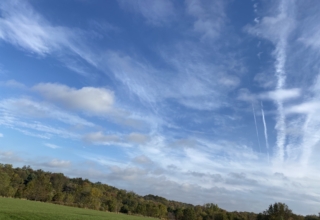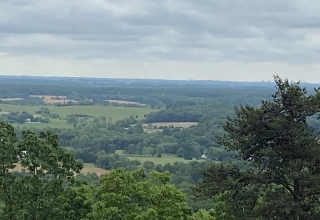
Still, there is something of value in the metaphor of a frontier to which some people are attracted during the early years, while other people are attracted during the later years. This pattern is aligned with a widely accepted model of innovation diffusion first offered by Everett Rogers (yet another Rogers in this analysis!) (Rogers, 2003). Five stages of innovation diffusion have been identified. Put all to simply, the populations associated with each stage are labeled: (1) innovators, (2) early adopters, (3) early majority adopters, (4) late majority adopters and (5) recalcitrants (non-adopters). Elsewhere, in addressing the diffusion of another innovative human service field (faculty development), I introduced parallels between these populations and those found in the creation of a town in the frontier (Bergquist, 2010). I later applied this metaphor to the field of professional coaching (Bergquist, 2011).
The innovators are the explorers who set out to discover something new without quite knowing what they will discover of invent, while the early adopters are the pioneers who have some ideas about where they are moving (based on information and maps provided by the explorers) but fully realize that this will be a new land in which there will be minimal established structures or social norms. The third group (early majority) is made up of the early settlers who build buildings, establish farms and bring a little law-and-order to their fledgling town. The next group (late majority) only move to the town when it is established. They often bring the structures and social norms from their old town (or city) to the new one. These are the burghers, who soon become the town officials, teachers and certifiers. Finally, there are the recalcitrant. These are the folks who stay “back home.” They don’t want to take any risks and often resist those who have left home with their resources and expertise. “Why do people have to change or move!”

















